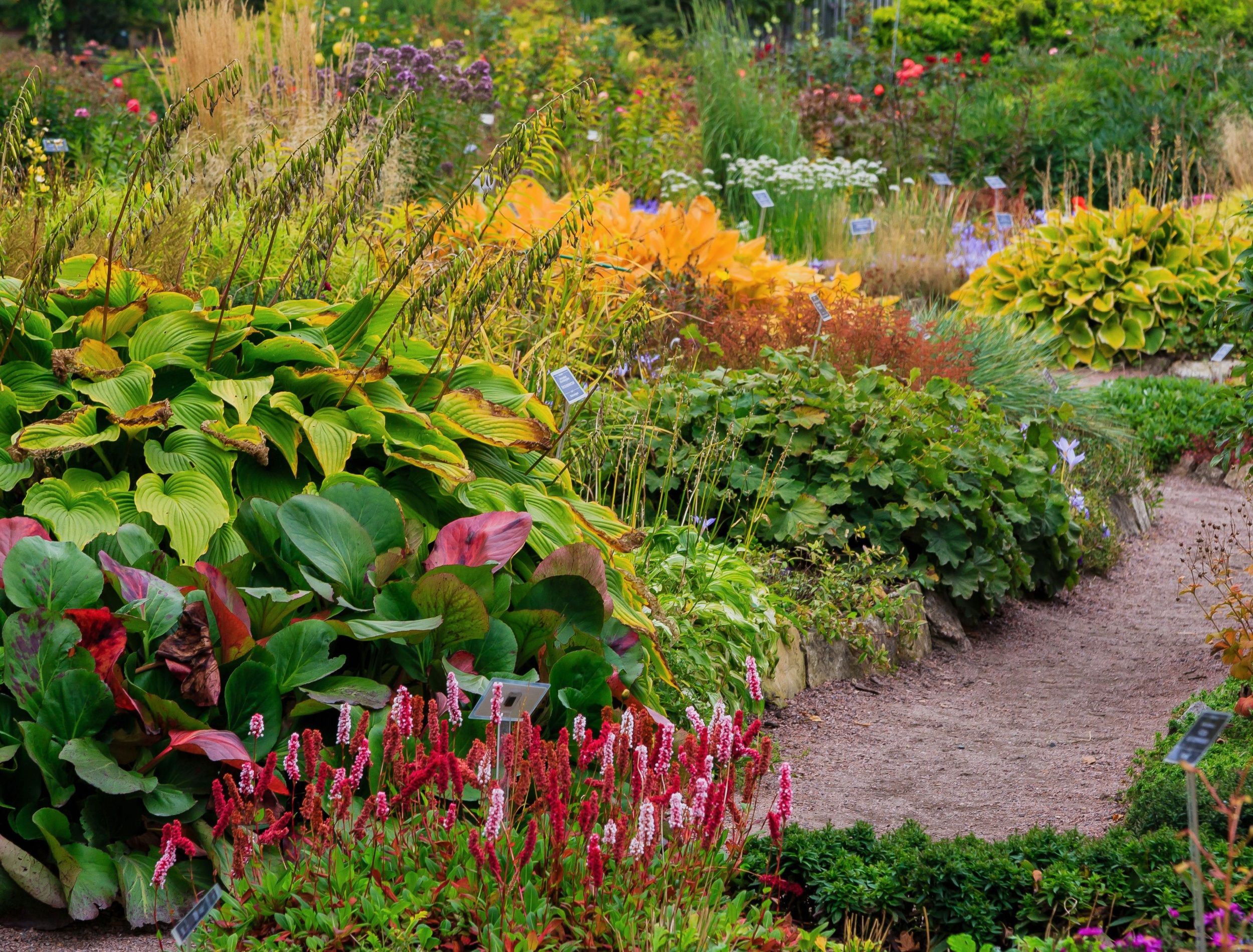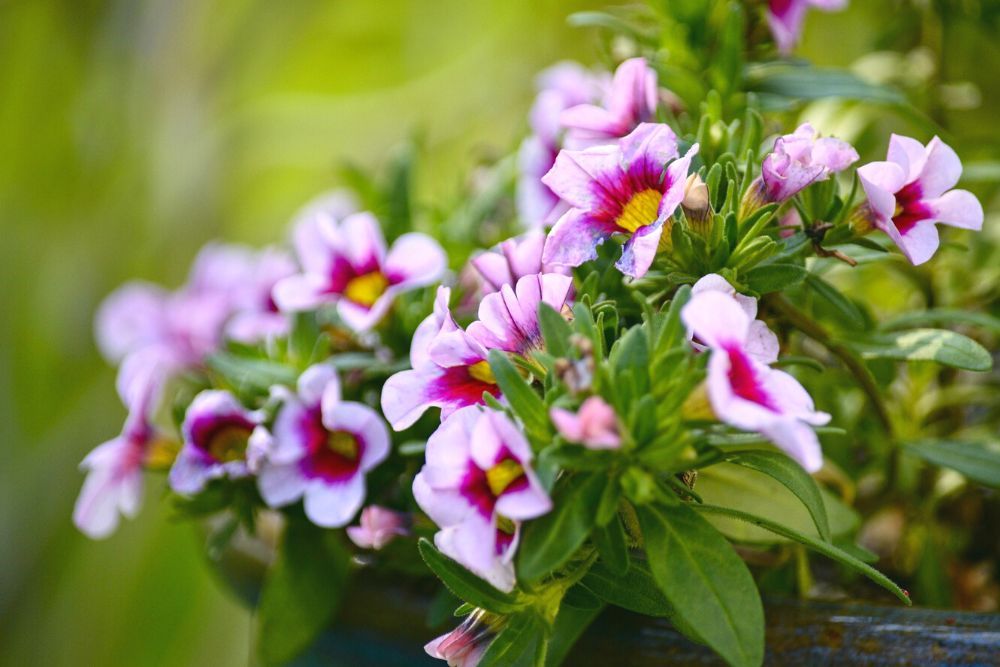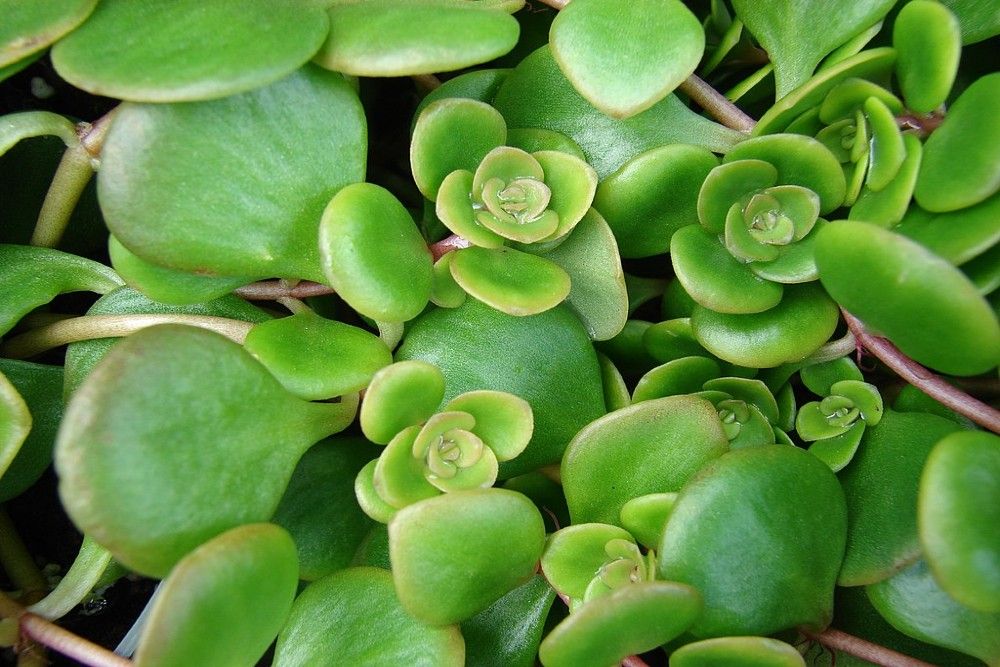Designing your perennial garden is the first step to ensuring a beautiful well-rounded display throughout the growing season. Determining which perennials work well together by considering their care needs, such as whether they tolerate shade or full sun are considerations that set you up for success!
Matching differing flowers is an art form and one way to create a dramatic perennial display is to consider different contrasts. Color, size, and texture are all ways to create visual interest. Perennials come in so many beautiful sizes and shapes, are here are seven beautiful pairs to include in your next garden design!
Calibrachoa and Mountain Marigold
Image credits: D Theodora via Pixabay
Do you enjoy low-maintenance gardening and still want dramatic bloom displays? Consider calibrachoa and marigolds in your garden designs.
Although, it's important to note that not all marigolds are perennials! For this flower combination you'll want to plant 'Mountain Marigolds.'
While this cultivar of marigolds can grow in the ground and containers, calibrachoa is a bit more particular, preferring containers. Hanging baskets and pots will showcase the beautiful flowers of the marigolds as well as the trailing nature of the calibrachoa.
Both of these beauties bloom all season long and work best in well-draining pots and locations with full sun. Consider this the perennial combination for the bold!
Lambs Ears and Chinese Sedum
Image credits: Forest and Kim Starr via Creative Commons
Another great way to create contrast in your garden is with differing textures. Lambs ear (Stachys byzantina) and Chinese sedum (Sedum tetractinum) provide a striking texture contrast. The soft texture of the lamb's ear next to the thick distinct leaves of the sedum will surely impress the neighbors!
These two plants grow well in the same environment, preferring full sun and well-draining soils. Lambs' ear and Chinese sedum also make great groundcover, due to their spreading nature. While both of these perennials bloom, they are most revered for foliage. All in all, this combination is sure to bring your garden design to the next level.
Roses and Catmint
While there may be many well-suited companion plants for roses, catmint (Nepeta) should top the list! These two in combination work together to create a full-looking display. Both of these perennials enjoy full sun and well-draining soil making them excellent neighbors.
Catmint creates the perfect cover for those leggy stems of the rose bush while growing upwards in spires, contrasting the round bloom of a rose. Not only a great visual pairing, but catmint also helps repel rose-loving aphids. You can't go wrong with this duo!
Hosta and Ferns
When you think of lush greenery, hostas and ferns are top of the list. These two make perfect companions in shady spaces, filling up the garden with their showstopping display.
The leaves of a hosta are strong and have different variations depending on the cultivar chosen. From dark green heart-shaped leaves on the Hosta venusta to the 'Grand Master' hosta with a dark green center and a white margin around the outer edge. Whichever hosta cultivar you choose, their strong leaves contrast beautifully with the soft feathery fronds of ferns.
Coneflowers and Praire Sun Black-Eyed Susans
When it comes to classic garden pairings, this duo might top the list! With blooms often occurring from late spring to early fall, coneflowers and 'Prairie Sun' black-eyed susans are easy-growing summertime favorites. These daisy-like flowers are highly tolerant to a range of soil types and enjoy full sun. Coneflowers attract butterflies and even birds such as goldfinches! The purple and yellow flowers are a stunning contrasting pair to include in your next garden design.
Peonies and Foxgloves
Looking to include contrasting shapes in your garden design? Peonies and common foxgloves fit the bill beautifully. Few flowers are as round and voluptuous as the peony, yet foxgloves and their upright spire of bell-shaped blooms hold their own! These two also look perfect paired together as cut flowers in a bouquet.
Both of these perennials require similar environments to thrive, making them great garden partners! Peonies and foxgloves do well in well-draining soil and can tolerate partial shade, though full sun is optimal.
Dahlias and Fountain Grass
Opposites attract with this pair! Fountain grass (Pennisetum) is soft, whimsy, slender and upright, while dahlias produce a bold bloom with plenty of presence. Not only do they stand in stunning contrast to one another, dahlias and fountain grass both prefer the same growing environment, blooming best with full sun exposure and well-draining soil.
Though the fountain grass starts growing once the weather warms up in the spring, the blooms of both dahlias and fountain grass appear later in the season. They make a great pairing, helping to keep your garden in bloom even after the spring bulbs finish their display. Make sure you reserve a spot in your garden to enjoy this pair!
Dramatic Duos!
Companion planting is a true art form, incorporating beauty and growing preferences to make stunning garden displays! Perennial duos such as roses and catmint or lambs ear and sedum make contrasting yet captivating garden companions.
Do you practice companion planting? Share your favorite perennial combinations in the comment section below!



